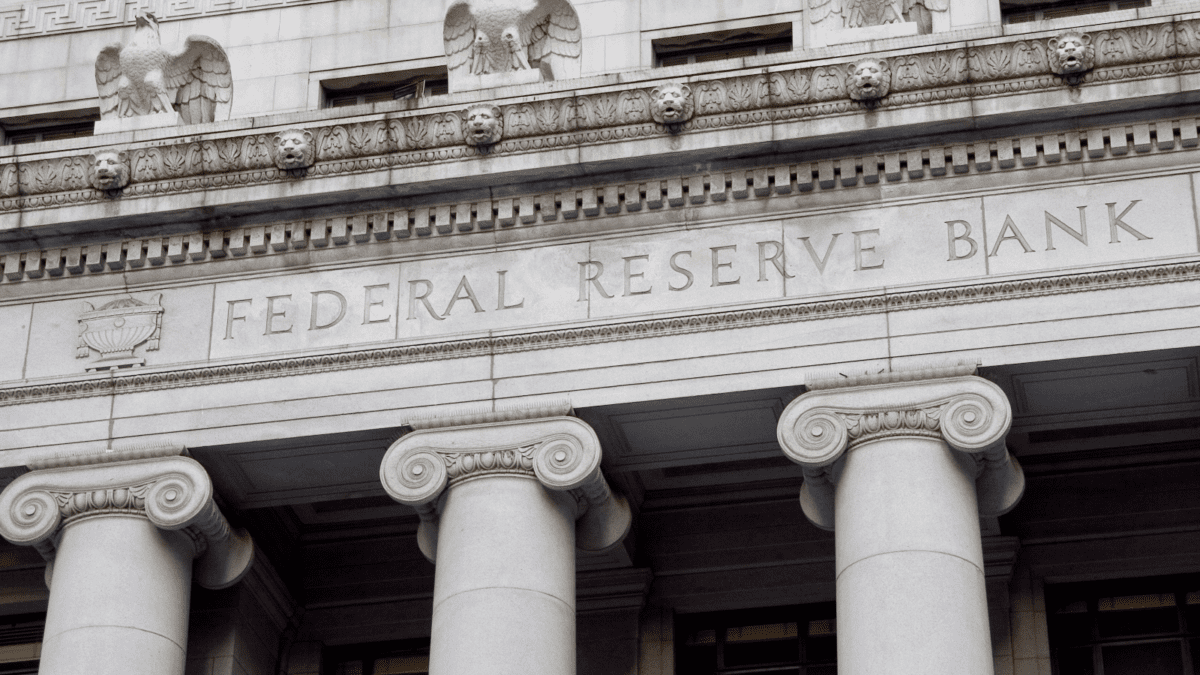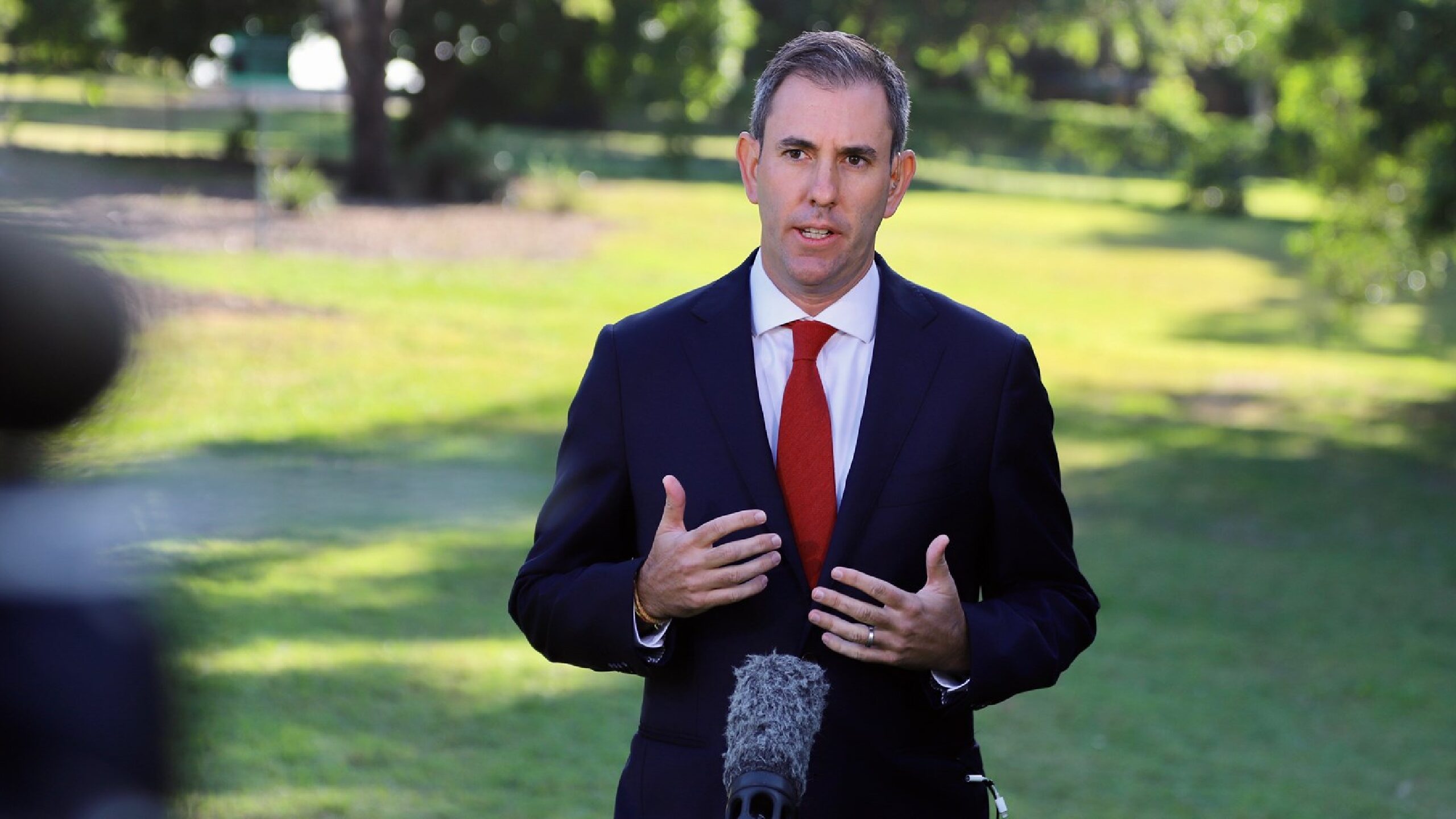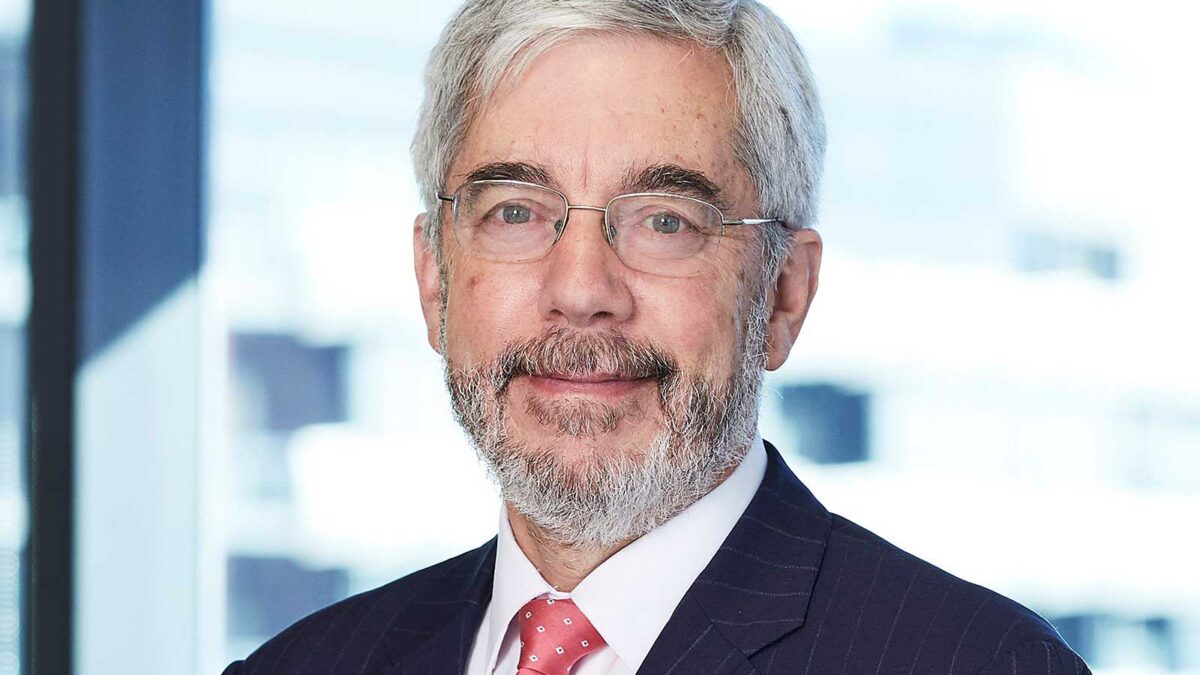Central banks staying ‘on the front foot’ despite falling inflation
The rate-hiking regimes of central banks around the world are nearing their end, with inflation set to fall into preferred target bands by 2024 despite being stuck in neutral while economies teeter on the edge of their cyclical tipping points, according to Neuberger Berman.
Inflation has fallen in the US from a high of 9 per cent last year to 3 per cent this June, with the same disinflationary trend seen across Europe and the Asia-Pacific. The steepest rate-hiking program in history has largely done its job, with prices for goods and services softening in most major economies.
And while inflation has appeared stuck in a transitory phase, and many central banks still see the need to increase cash rates, the global money manager says the downward trend for inflation is set to continue.
“Despite hawkish messaging from central banks, inflation has generally been coming in as expected – slightly weaker for headline numbers but stable for core inflation,” Neuberger Berman said in its Q3 Fixed Income Investment Outlook report. “We believe that inflation will slowly step down over the remainder of the year.”
Softening inflation, however, may not translate to an immediate halt on interest rate rises, with the privately owned investment giant expecting a lag in the response as central banks play it safe and look for a comfortable buffer before curbing increases.
“Despite ongoing disinflation, short-term price trends are keeping central banks ‘on the front foot’ as they seek to drive inflation back toward target levels. That said, the overall policy environment remains fairly stable, and we believe that market rates are unlikely to change significantly for a while.”
How it all unfolds will depend on the next few months, Neuberger Berman believes.
“Now the question is whether [the U.S. Federal Reserve] will continue to apply monetary brakes or see enough evidence of fading inflation to hold steady or even start to ease. Given recent hawkish surprises, we believe it’s possible that the central bank will follow through on an additional two rate hikes, as reflected its current 2023 dot plot.
“On the other hand, the lagging impacts of its aggressive measures, still-evolving banking weakness and generally tighter financial conditions could tip the scales toward extending the existing pause amid a slowing economy,” the update continued.
“Indeed, we continue to believe that the fed funds rate is at or near its peak and that the Fed may not reach its current estimated terminal rate of 5.5 – 5.75 per cent. At a minimum, it has prepared the market for two-way risk, depending on how pricing and economic growth play out in the months ahead.”
*This article was first published in The Inside Adviser.









